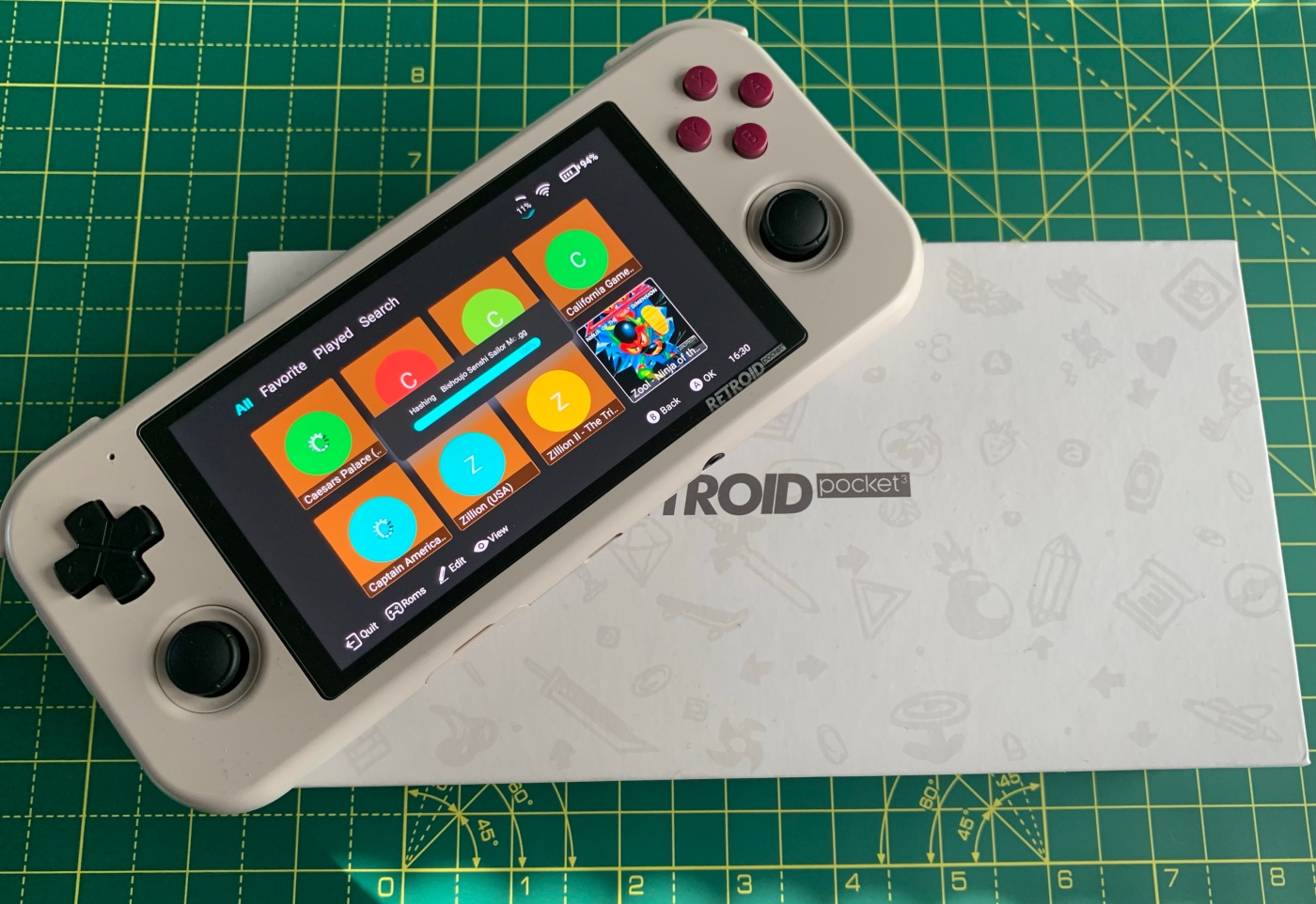
First off, I’d like to thank Whatgeek for providing me with a review unit of the Retroid Pocket 3.
GoRetroid have released some great gaming handhelds in the past, which whilst maintaining good specs, quality and designs remain very competitive, price-wise. So, for this article, I’ve decided to take a look at the Retroid Pocket 3 again as this was one of the most popular handhelds they had released (up until the 3+ sneakily came out a very short time later).
This particular handheld had been pushed back from release quite a bit at the time, more-so when you consider the 3+ was only released a few months later. At the moment, Whatgeek have the Pocket 3 listed for £151 (see here for a 10% voucher), which considering how nice and capable this handheld is, probably makes it one of my favourites to date.
Quickly looking at the specs for the Retroid Pocket 3:
- Quad-core Unisoc T310 CPU
- 4.7″ Touch Screen Display (16:9 740 x 1334 @60fps)
- 32GB Storage
- 2GB/3GB RAM
- 4000MAH Battery Capacity
The Retroid Pocket 3 is almost identical to its little sibling, the 2+, which also uses a Unisoc T310 Processor, although the RAM has been increased from 2GBs to 3GBs (you can still get one with 2GBs of RAM, but that isn’t listed on Whatgeek’s website, and I’d recommend the 3GB version anyway).

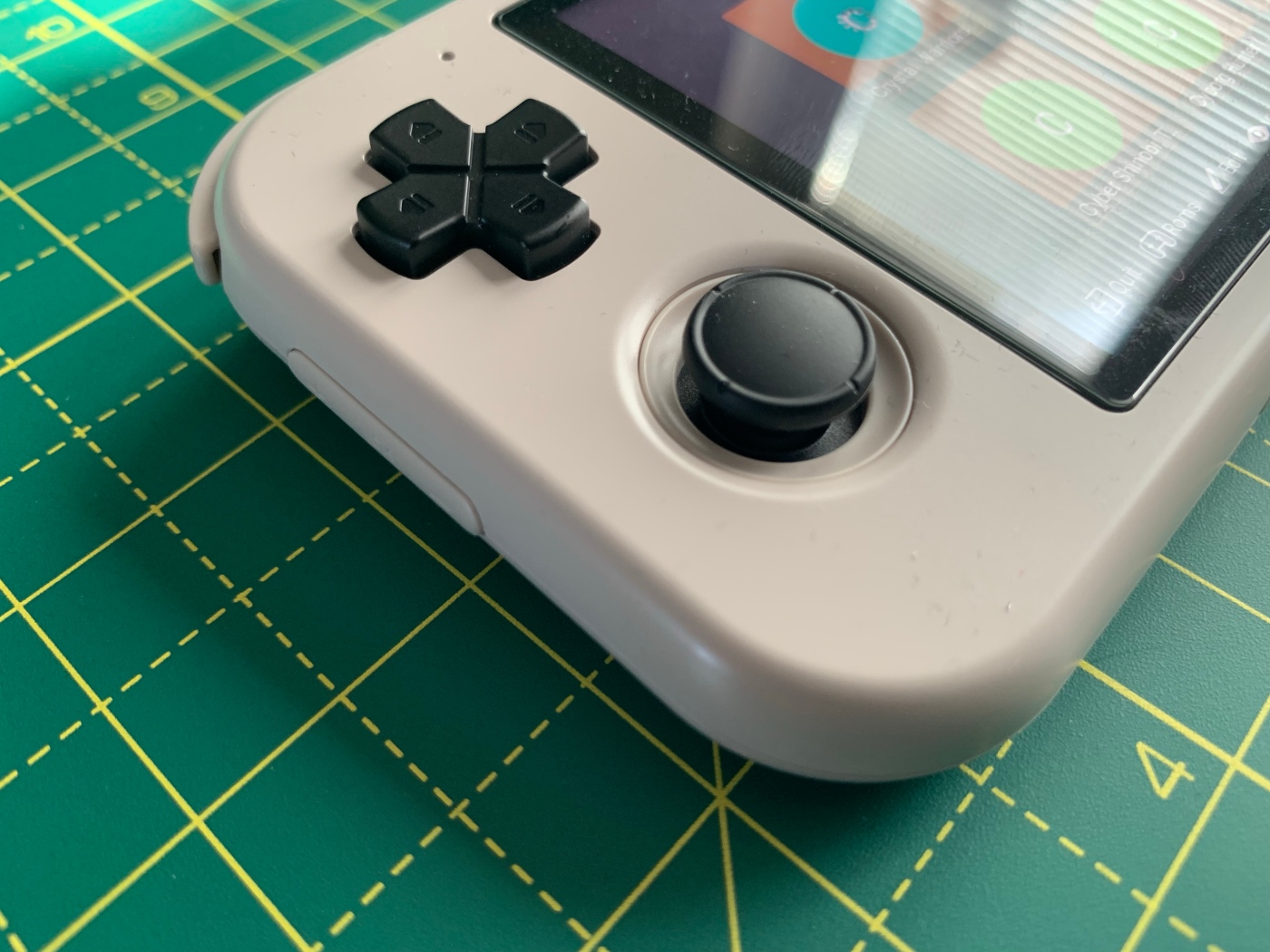
The Pocket 3 has a simple design and aesthetic to it compared to some other gaming handhelds on the market. The minimalistic design looks good, with plenty of space to hold it and without feeling too cluttered. It’s nice, and whilst it may not have a premium feel to it, unlike the metal version, which has just been released, it’s a great looking and feeling handheld to hold and use.
The buttons have a nice “clickyness” to them, though slightly smaller than I would have expected, particularly as there is still loads of space available. This isn’t a major issue though as they are perfectly usable.
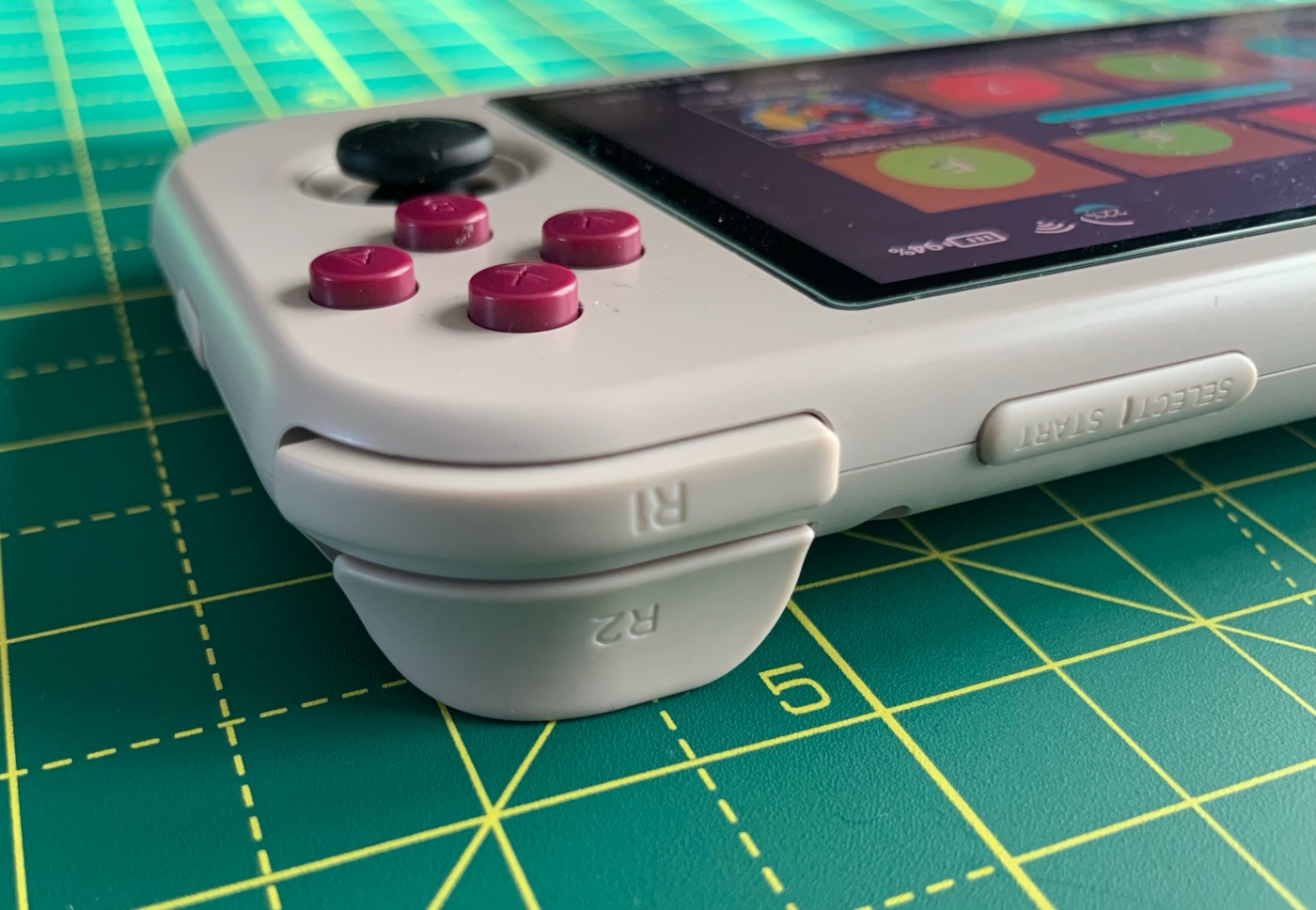
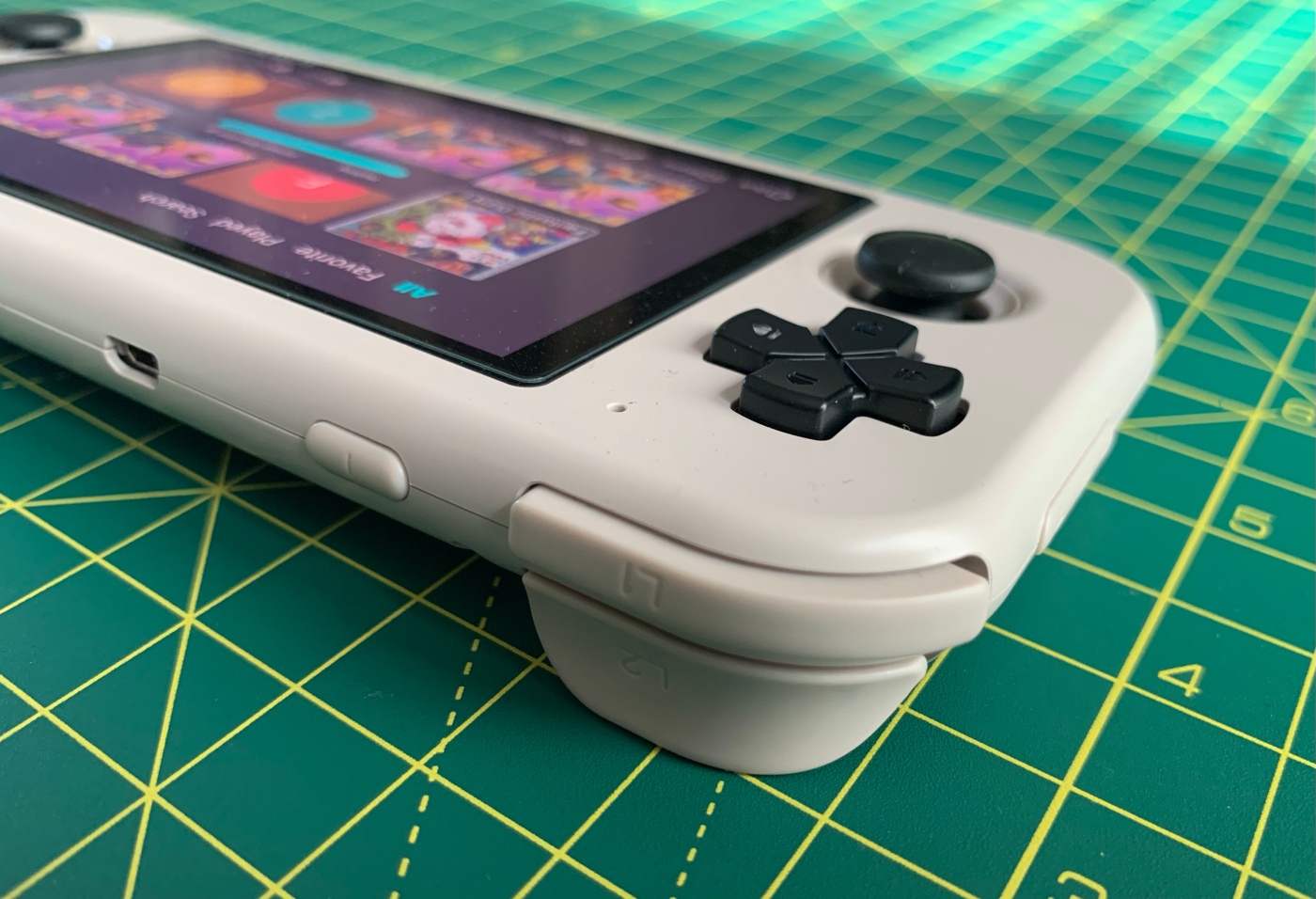
When holding the Pocket 3, it’s a great size and feels really comfortable for extended play sessions. Everything is placed in the exact place they need to be in order to easily access everything, though the placement of the Start and Select buttons are a bit naff (on the top edge of the handheld), which I found a little odd at first, again based on the amount of space still available on the facia of the handheld.
The large 4.7” display is one of the best features of this handheld. Image quality is excellent with lovely, colorful sharp images. The 16:9 screen is ideal for the likes of PSP emulation, along with Android and game streaming, Xbox and PS5 Remote Play both look fantastic, and play really well.


All of the additional buttons, including volume, Home and Start/Select, are out of the way, though as I mentioned earlier, the placement of the Start/Select is not ideally situated. Strangely enough, there is also no charging LED present, so you’re now reliant on keeping an eye on the battery indicator on-screen.
As with all Android gaming devices, setup is not as simple as switching it on and being able to play your favourite retro games straightaway. And the Pocket 3 is no different in this area. This is simply not a pick up and play device straight out of the box.
But saying that, setup is still fairly straight forward, and the Pocket 3’s launcher guides you through everything with ease. You can even choose which emulators you will need, and it will automatically install them for you.

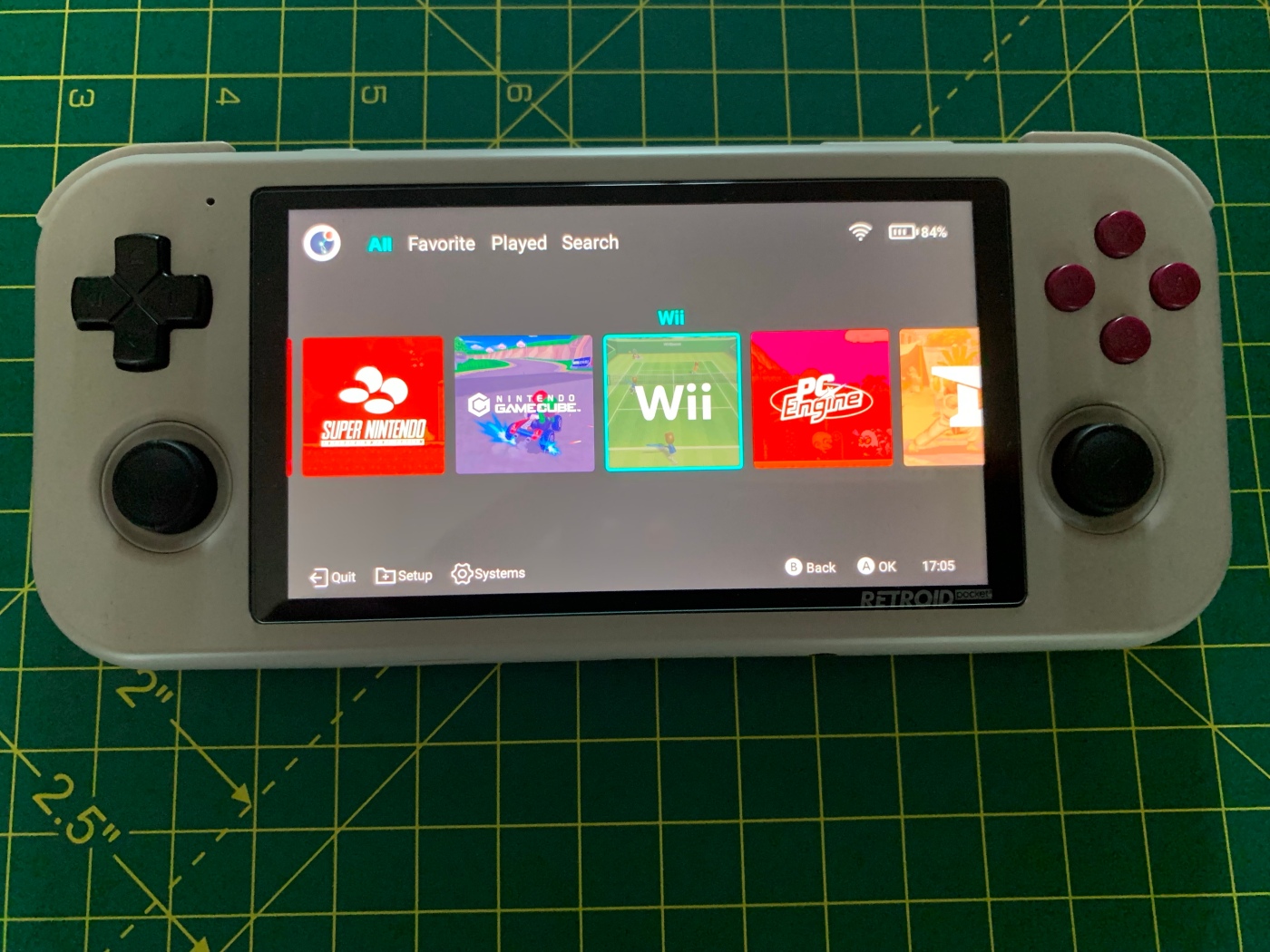
You can either use the Android frontend and play all of your favourite Android games or switch over to the Pocket 3 frontend and play for hours on those old systems. The Pocket 3 is a very versatile and capable handheld in both areas. Just remember you will need an SD card with your ROMs and BIOS on it to get the retro stuff to work.
The Pocket 3 also has a touchscreen that works really well, which is ideal for when setting the system up, as well as when playing DS games and some Android stuff. I never experienced any issues with lag or it not registering my touch.
When it comes to performance, the Pocket 3 can still hold its own against other retro gaming devices out there. Older retro games from the 8-bit era run perfectly.
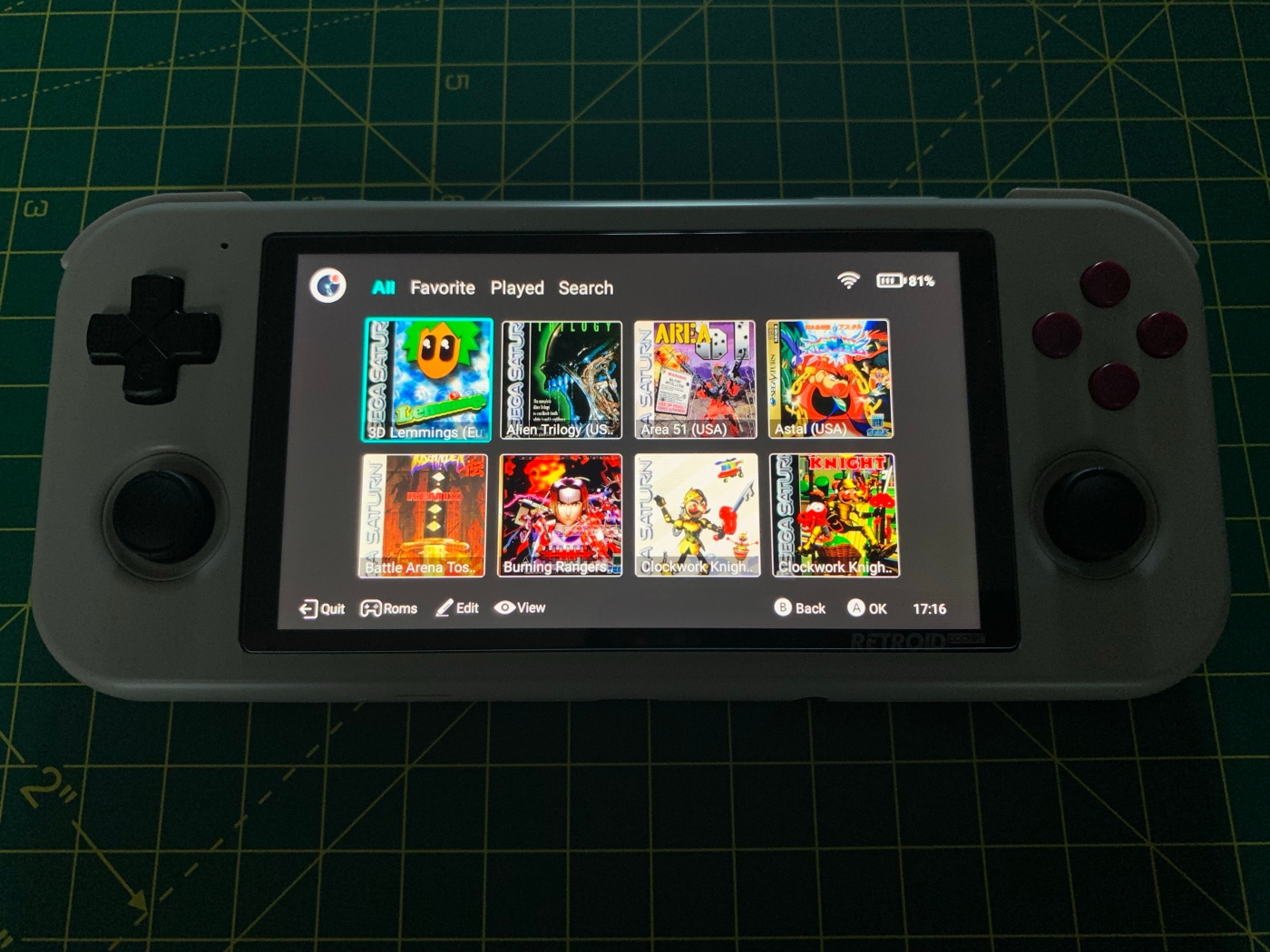
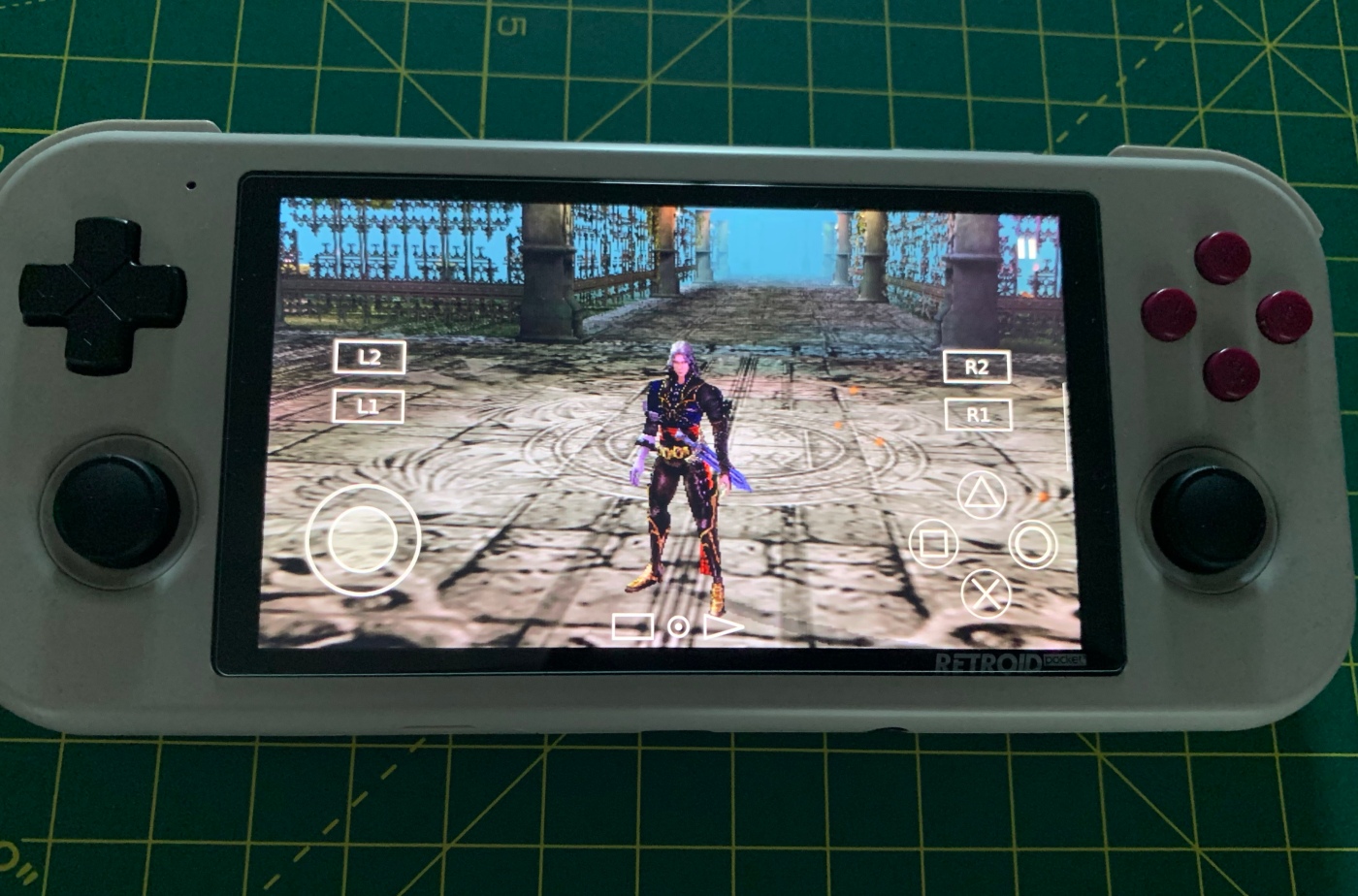
Testing a more advanced games on the Game Boy Color and Game Boy Advance went flawlessly, as well with no slowdown or errors, and they look great on the Pocket 3’s screen, I love it.
Moving a step up to the likes of the N64 & PS1, and again, I experienced no issues other than having to sort the buttons out (on the N64), which to be fair, you usually have to do button mapping on other, far more expensive systems like the Pocket 2.
Dreamcast is another gaming emulator that will struggle on underpowered handhelds. But all of the games I tried on the Pocket 3 worked really well. My first go-to game to test on the Dreamcast is always Crazy Taxi, as you just know straightaway how good a handheld is based on whether this game works or not. And I wasn’t disappointed, Crazy Taxi worked once again really well and looks great on this screen.


Next up were PSP games, which on the whole worked well, though when it came to playing God of War: Chains of Olympus, I did have to use frame-skip and noticed an amount of slowdown and issues with the audio. To be honest, I sort of expected this with the Pocket 3, especially with these specs and the price range.
I did try some GameCube and Wii games as there is an option to have the emulators installed. But to be honest, they didn’t work great, so I definitely would not recommend the Pocket 3 if you were wanting to play games for those systems.
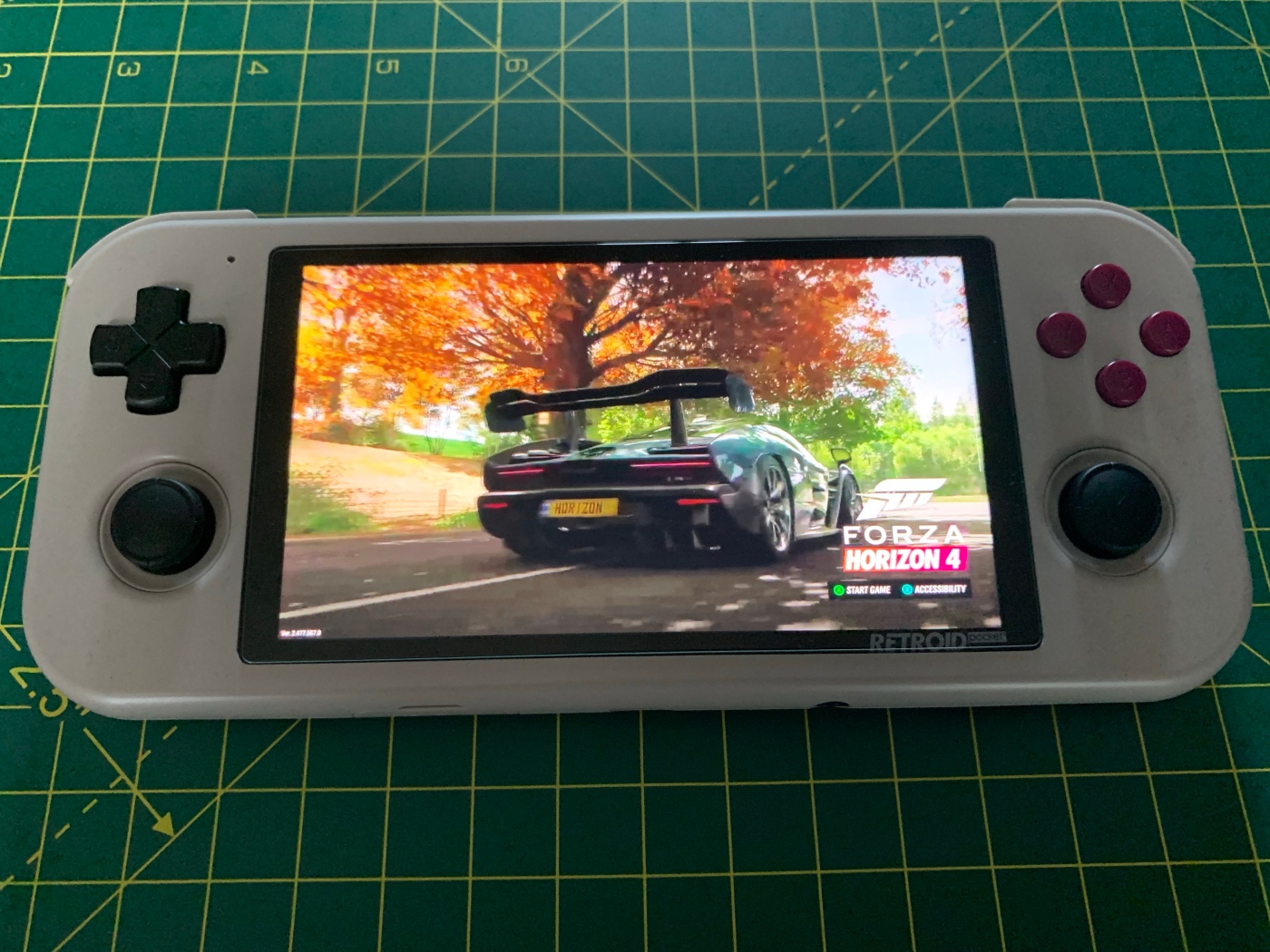
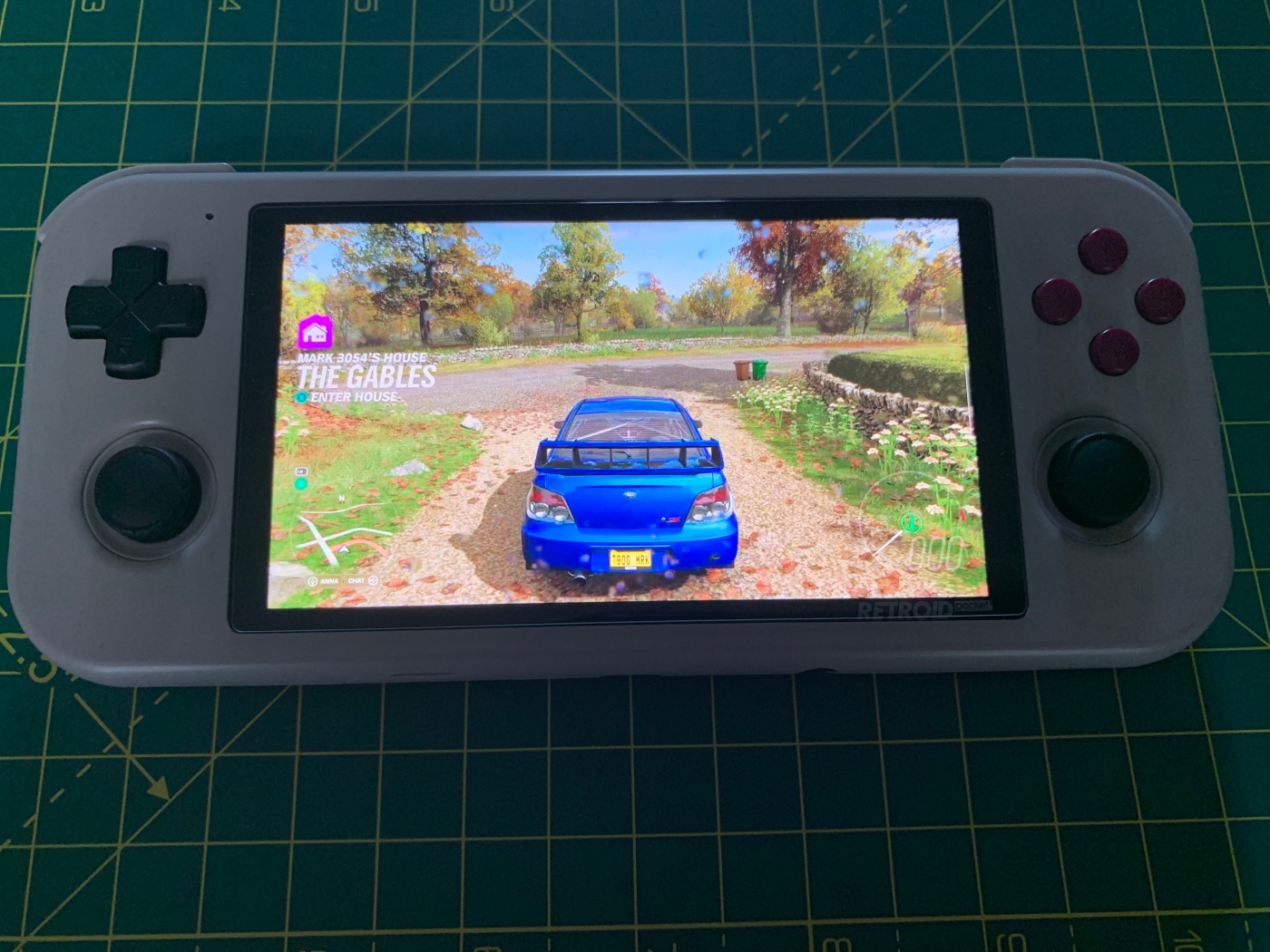
Next up was game streaming using Xbox Game Pass, and the Pocket 3 worked excellently. I had no issues using the app downloaded from the Play Store, and everything worked as soon as I had signed on to my Xbox account. Playing Forza Horizon 4 on the Pocket 3 was great, with no experience of lag or slowdown. The refresh rate would drop a little at the odd time with some pixelation appearing, but it was nothing that spoilt the enjoyment.
So overall, my short time using the Pocket 3 was a very enjoyable one, and I’d certainly recommend it, if you wanted a handheld with decent performance, especially up to and including PSP at a great price.
Yes, there are more powerful gaming handhelds out there that totally blow the Pocket 3 out of the water when it comes to performance. But the Retroid Pocket 3 is still a very enjoyable and fun handheld to use. Make it part of your collection if you don’t already own it.



